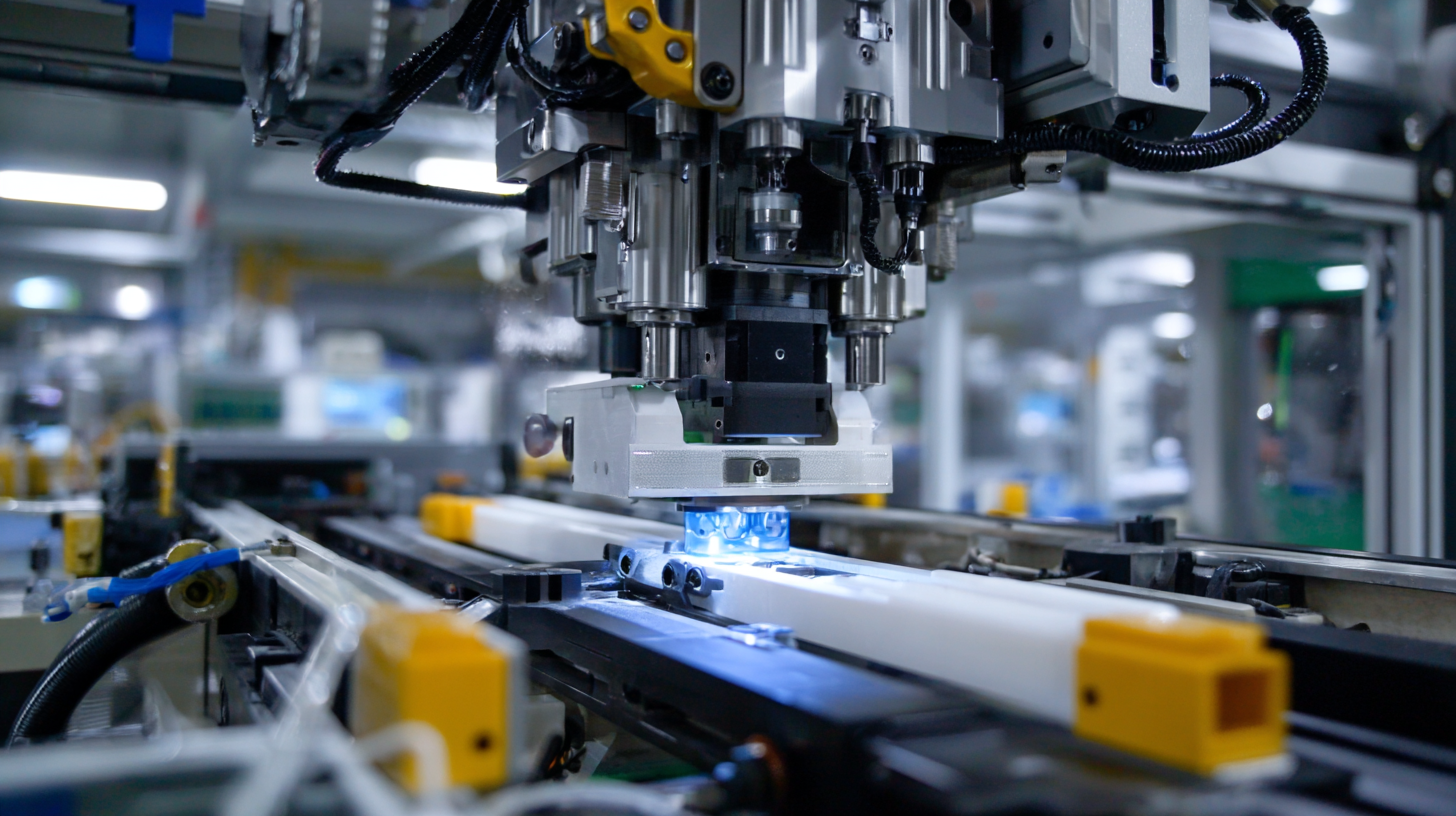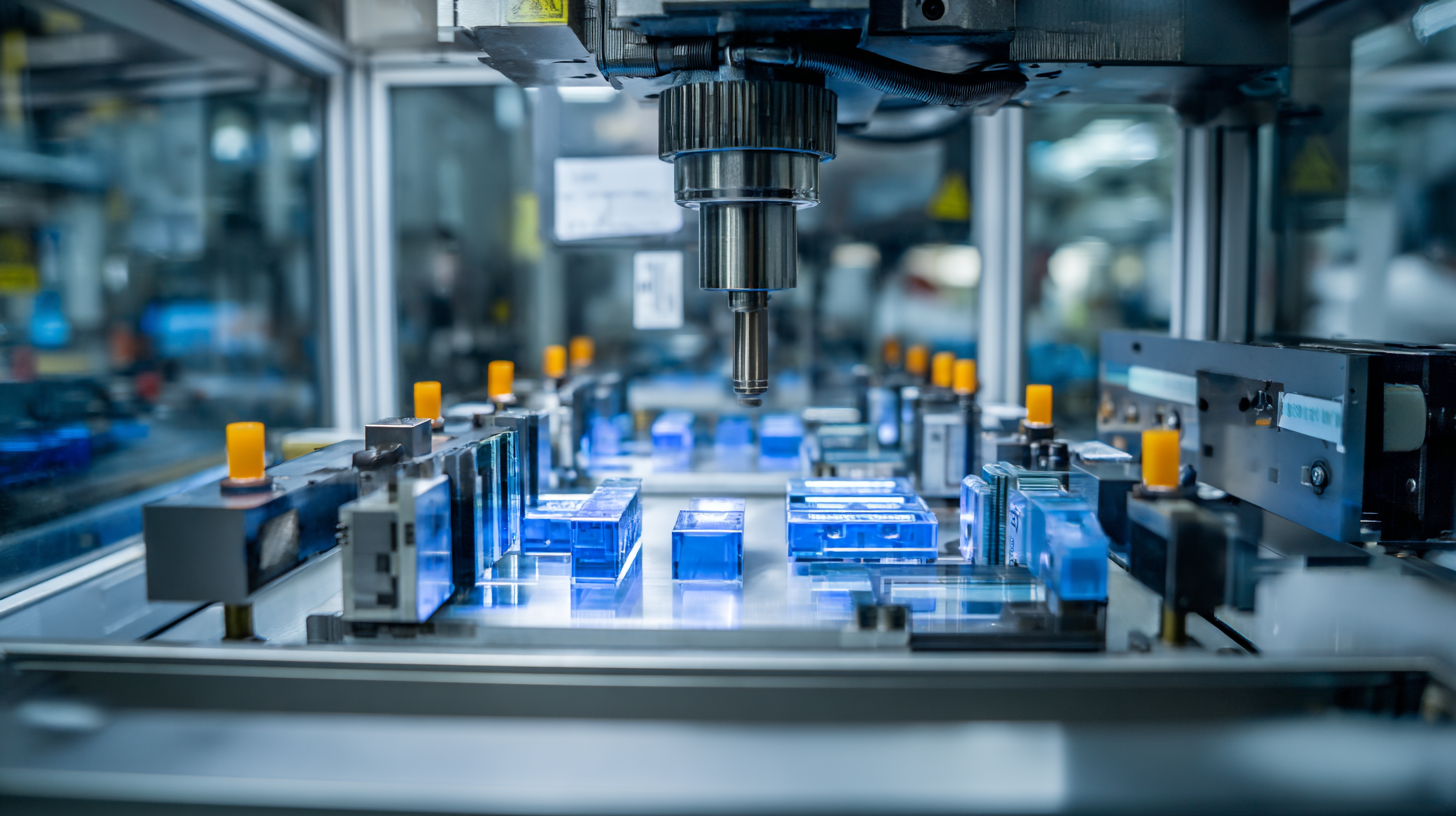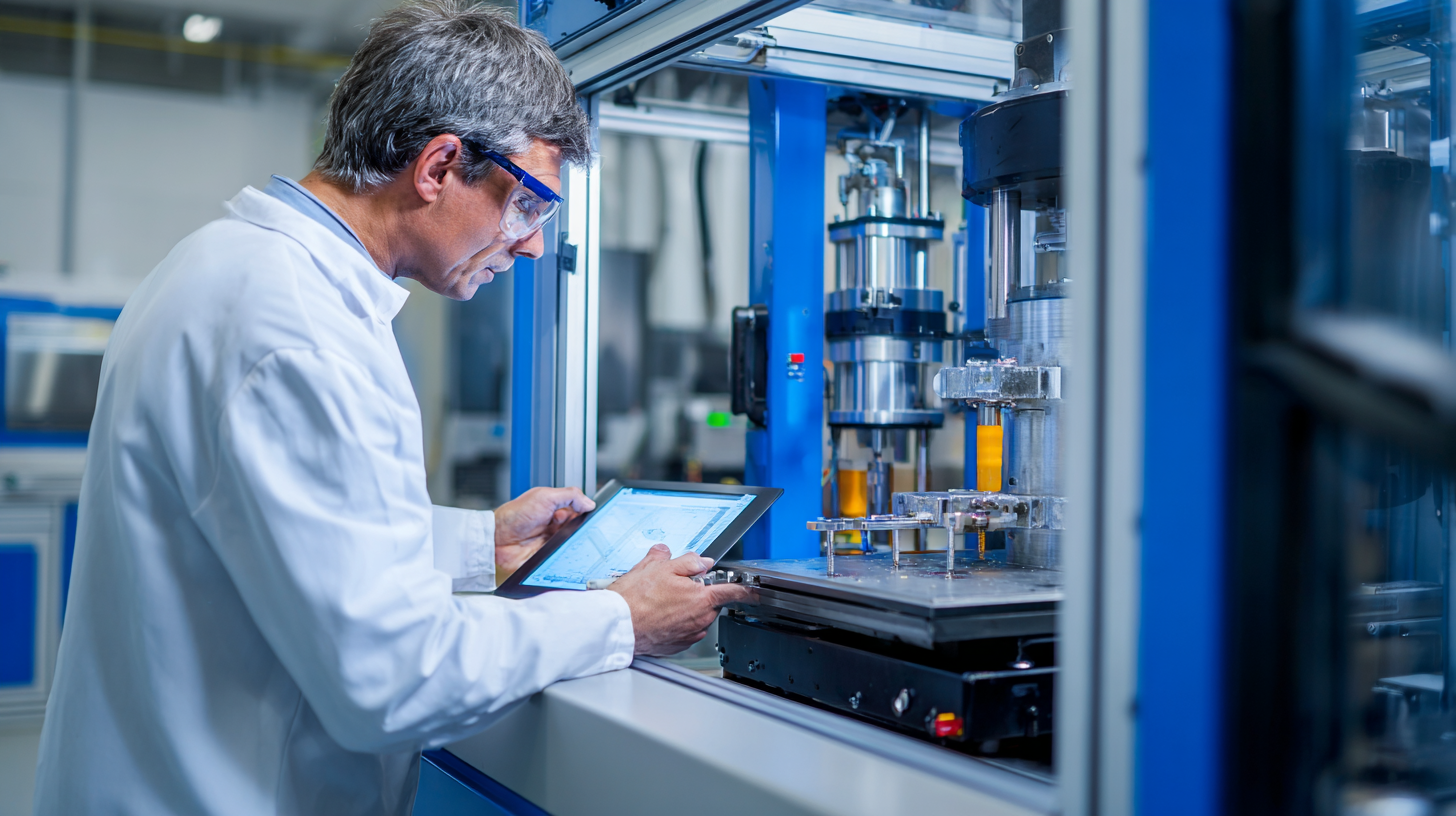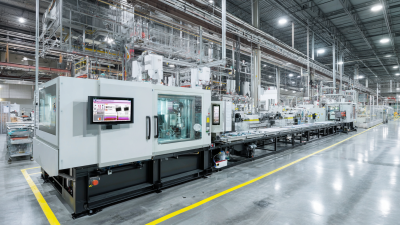Unlocking Success: A Comprehensive Guide to Precision Injection Molding for Global Buyers
In today's fast-paced manufacturing environment, precision injection molding has emerged as a cornerstone for companies seeking to enhance product quality and optimize production efficiency. According to a recent report by MarketsandMarkets, the global precision injection molding market is projected to reach USD 457.9 billion by 2025, growing at a CAGR of 6.9% from 2020. This growth underscores the increasing demand for high-precision components across various industries, including automotive, electronics, and healthcare. As global buyers navigate the complexities of sourcing and integrating precision injection solutions, understanding the nuances of this technology becomes imperative. This comprehensive guide aims to unlock success by equipping stakeholders with the knowledge needed to make informed decisions in the precision injection molding landscape, ultimately leading to competitive advantage in the marketplace.

Understanding the Basics of Precision Injection Molding for Global Buyers
Precision injection molding is a crucial manufacturing process that allows for the creation of high-quality plastic components with intricate designs. For global buyers, understanding the basics of this technology is essential to make informed purchasing decisions. According to a market report by Grand View Research, the global injection molding market size was valued at approximately USD 284.2 billion in 2022 and is expected to expand at a compound annual growth rate (CAGR) of 5.3% from 2023 to 2030. This growth is driven by the increasing demand for lightweight and durable plastic products in various sectors including automotive, healthcare, and consumer goods.
At its core, precision injection molding utilizes advanced technologies such as computer-aided design (CAD) and computer-aided manufacturing (CAM) to achieve exact tolerances and surface finishes. Key factors influencing the success of this process include the selection of materials, mold design, and the injection molding machine's capabilities. For instance, the use of engineering-grade plastics can enhance the strength and thermal resistance of the molded components, making them suitable for extensive applications. Understanding these fundamentals not only empowers global buyers to assess potential suppliers better but also helps them leverage precision injection molding's benefits for creating competitive products in the marketplace.
Key Factors to Consider When Selecting a Precision Injection Molding Supplier
When selecting a precision injection molding supplier, buyers must consider several key factors to ensure they achieve optimal results. According to a report by Grand View Research, the global injection molding market is expected to reach USD 440.81 billion by 2025, growing at a CAGR of 5.4%. This growth emphasizes the importance of choosing a capable supplier who can meet high-quality standards while also adhering to strict timelines.
One critical factor is the supplier's industry experience and expertise. A provider with a proven track record in precision injection molding will likely have the technical know-how to handle complex designs and materials. A survey by MoldMaking Technology revealed that 65% of manufacturers prioritize the supplier’s experience in their decision-making process. Buyers should also evaluate the supplier’s quality control processes. The ISO 9001 certification can signal a commitment to quality, as it ensures that the supplier maintains consistent standards throughout the production process.
Additionally, it is essential to assess the supplier's technological capabilities. Advanced machinery and software can significantly influence production efficiency and precision. A study conducted by the Plastics Industry Association indicated that innovations like automation and IoT integration in molding processes can enhance quality assurance and reduce lead times by up to 30%. Hence, prospective buyers should prioritize suppliers who are forward-thinking and equipped with the latest technology to maintain competitiveness in a fast-evolving market.

Essential Steps for Successful Project Management in Injection Molding
In the world of injection molding, precision and effective project management are paramount for success. As global buyers increasingly demand high-quality components with exacting tolerances, achieving precision within 0.01 millimeters has become a benchmark. Recent innovations have highlighted how companies are meeting this need, such as the development of advanced mold technologies that enhance production efficiency while maintaining the integrity of intricate designs. According to a report from the Plastics Industry Association, the global injection molding market is projected to reach $350 billion by 2025, underscoring the significance of quality control and advanced manufacturing techniques.

Successful project management in injection molding involves a systematic approach that encompasses several critical steps. From initial design and prototyping to material selection and final production, each phase must be meticulously planned and executed. Effective communication and collaboration among stakeholders can significantly reduce lead times and production costs. Moreover, embracing automation and smart manufacturing technologies has become essential. As highlighted in industry reports, companies integrating AI and robotics into their workflows not only enhance productivity but also achieve greater flexibility in meeting varying market demands. These advancements pave the way for a streamlined injection molding process, enabling firms to maintain competitiveness in a rapidly evolving landscape.
Maximizing Cost Efficiency in Precision Injection Molding for International Clients
Precision injection molding has become a cornerstone in manufacturing and product development, especially for international clients seeking to optimize cost efficiency without compromising quality. According to the latest industry report from Technavio, the global injection molding market is expected to grow by over $40 billion between 2021 and 2025, driven largely by advancements in technology and increasing demand for customized solutions. This growth presents a unique opportunity for global buyers to leverage precision molding techniques and maximize their return on investment (ROI).
One way to achieve cost efficiency is by utilizing advanced materials and innovative design techniques. Reports indicate that using engineered thermoplastics can reduce production costs by up to 20%, while enhancing product durability and performance. Furthermore, adopting automation in the injection molding process can lead to significant savings on labor costs and reduce cycle times by as much as 30%, according to a study by Market Research Future. This not only streamlines operations but also allows companies to scale production rapidly, a crucial factor in meeting the demands of a global marketplace.
Unlocking Success: A Comprehensive Guide to Precision Injection Molding for Global Buyers
| Dimension | Description | Importance | Cost-Effectiveness |
|---|---|---|---|
| Material Selection | Choosing the right materials for injection molding affects durability and functionality. | High | Optimizes performance and reduces waste. |
| Mold Design | A well-designed mold ensures precision and minimizes defects in production. | Critical | Initial costs are higher but save money on production errors. |
| Production Scale | Large-scale production can significantly reduce per-unit costs through economies of scale. | High | Decreases cost per part significantly. |
| Cycle Time | The time taken for each injection cycle impacts overall production efficiency. | Moderate | Reducing cycle time lowers production costs. |
| Quality Control | Maintaining strict quality standards prevents defects and reworks. | Essential | Reduces costs associated with waste and returns. |
Navigating Quality Assurance and Compliance in Global Injection Molding Projects
Navigating the intricate landscape of quality assurance and compliance is paramount for global buyers engaging in injection molding projects. As the ISO certification market is projected to grow from $18.59 billion in 2025 to $57.48 billion by 2033, companies must prioritize adherence to international standards. These certifications not only enhance product credibility but also ensure that manufacturing processes meet stringent quality benchmarks.
Tips: Ensure robust documentation practices are in place that cover every aspect of compliance from initial design to final inspection. Regular audits and staff training on compliance standards can significantly reduce risks associated with quality failures and regulatory non-conformities.
Additionally, leveraging advanced testing and inspection services can provide vital insights into the quality of materials and processes. As the TIC (Testing, Inspection, and Certification) market is expected to expand significantly, engaging reliable service providers ensures that your products meet both regional and global compliance requirements effectively. These strategic measures are essential in achieving success in precision injection molding.
Related Posts
-

5 Tips for Mastering Precision Injection Techniques in Your Manufacturing Process
-

Unlocking Efficiency: The Key Benefits of Contract Injection Molding for Manufacturing Success
-

Understanding the Role of Precision Injection in Modern Manufacturing
-

Tailored Solutions for Rapid Prototyping Injection Molding: Driving Efficiency with Accurate Data Insights
-

7 Essential Tips for Maximizing Efficiency in Rapid Injection Molding Processes
-

Top Strategies for Enhancing Rapid Prototyping Efficiency
